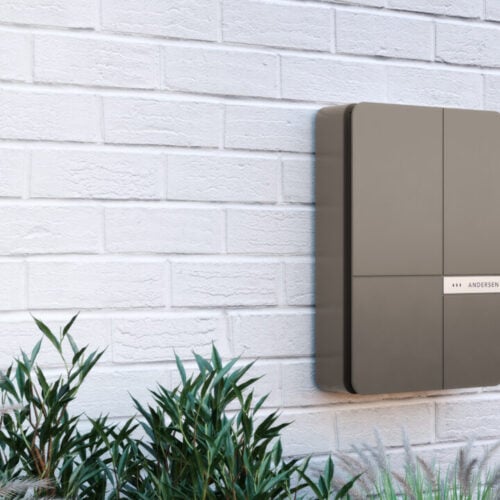All new buildings constructed after 2020 will be built to European standards for high energy performance and will incorporate renewable energy sources to meet the low energy demand of each building.
The Department of Communities and Local Government (DCLG) has confirmed that the nearly zero energy building (NZEB) standard imposed by the European Commission will be included in building regulations for 2020.
NZEB structures have very high energy performance achieved through a range of design features including thermal characteristics, airtightness and incorporation of passive measures, like solar exposure and occupant activity, in the calculation of heat requirements. The low energy demand of the building is then covered to a significant extent by energy from renewable sources either on-site or located nearby.
The government’s previous policy of zero carbon homes was used to demonstrate that the UK was on track to reach a similar standard to NZEB, as the country was expected to adopt higher standards than those imposed by Europe. However, since the zero carbon homes policy was abandoned in July 2015, there has been little policy news on how the UK would meet the EU target for energy efficient construction, until now.
A spokesman from DCLG said: “We have put the European requirement for NZEB (from end 2020) in the building regulations, but [will] keep energy requirements under review.”
The standard is part of the Energy Performance of Buildings Directive (EPBD), which acts as the main legislative instrument at the European level for improving the energy efficiency of buildings. The European Commission estimates that buildings currently account for 40% of energy consumption in the EU and has legislated for a 20% reduction in energy usage by 2020, with further targets to follow.
The NZEB standard will be imposed to all buildings built after 31 December 2020 but will apply to all new buildings occupied and owned by public authorities as early as 31 December 2018. Now that the adoption of the standard has been confirmed, the government will be expected to consult with industry on how the requirements will be met.
Pedro Guertler, head of research at the Association for the Conservation of Energy, said: “It’s good to hear them acknowledge the deadline but now we know what the goal is, they need to define what they want to achieve with that goal. Is it going to be what zero carbon was? They also need to set out a timetable for getting there. When are they going to consult on what the next standards are and how to get there?
“Even if there aren’t any other building regulations between now and 2020, what’s more important is to communicate very clearly to the stakeholders what the expectation will be for that standard and to engage fully with the various bits of infrastructure out there that have been working on this.”
Commenting on the earlier deadline of 2018, Guertler added: “Even if they build just the one government building, they’ve got to use the NZEB standards and whatever the public sector builds to will translate almost directly into all the other non-domestic buildings.”
It is believed the approach to the NZEB standards will depend on a report due in 2017, which is used to judge how an EU member state will transition from cost optimality to nearly zero-energy buildings. More importantly, it will also judge how much will need to be done in the intervening years to get the UK up to the right level.
Guertler continued: “What is slightly unclear around NZEB is that it is subject to cost optimality tests being met which may not necessarily result in nearly zero energy building because, for example, the last report sent to the European Commission found the building regulations here were already cost optimal. Of course in 2017, things might be different as technologies may have moved on and could result in much lower energy consumption and carbon emissions from the homes we’re building. But we don’t know that, and so much depends on the assumptions made in that report for cost optimality so it really should be focussed on the outcome we want to achieve, which is as near to zero energy and carbon building as we can build. Then we can see what the gap is between that and what is cost-optimal.
“We know we have to set a high bar for buildings so that 2017 report will be critical and that’s why they need to set out steps and engage the industry and be transparent in how they are going to work out their cost optimality report because that will be a strong benchmark for what the standards are that will be set for 2020, come what may.”






